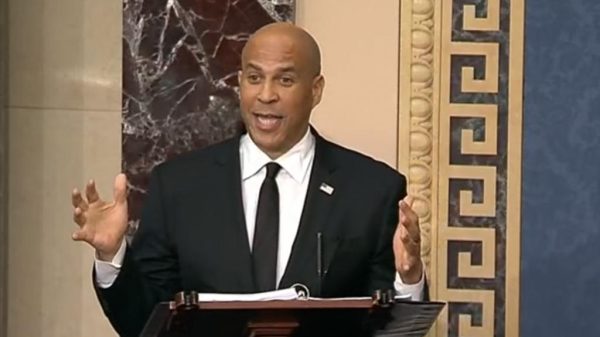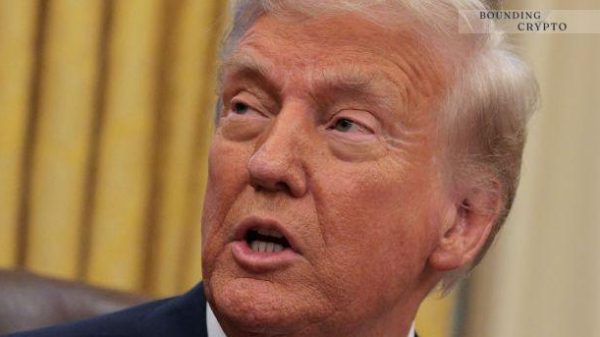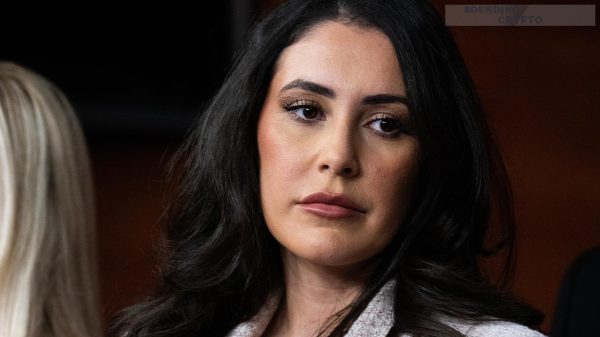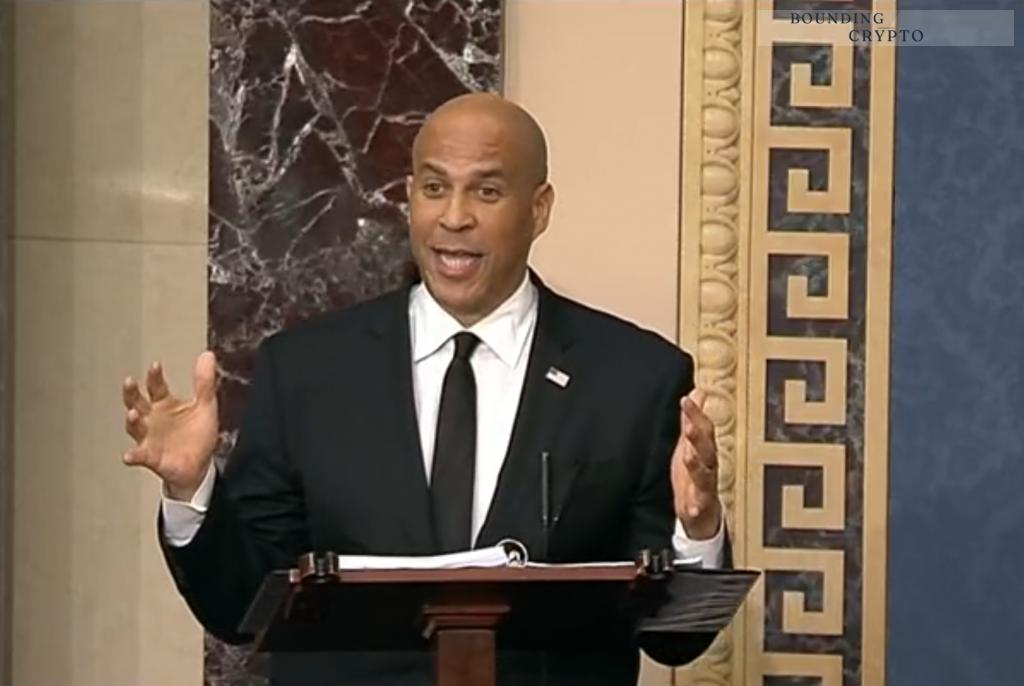Senator Cory Booker, a prominent voice from New Jersey, has started an extraordinarily long speech on the Senate floor, aiming to protest the actions of President Trump’s administration. This event began at 7:00 p.m. ET on a Monday evening and, in a tradition of lengthy speeches meant to highlight critical issues, Booker is committed to speaking for as long as his body allows him to, challenging the normal operations of the Senate.
Why Is Booker Speaking for So Long?
Booker’s speech is not just a display of endurance; it serves as a serious protest against what he describes as harmful policies enacted by the Trump administration. Among the issues he plans to discuss are cuts to government agencies and increased deportation efforts, both of which he believes threaten American safety and financial stability. By taking this bold stance, Booker hopes to engage the nation in a conversation about the challenges facing the American people.
A Tradition of Speaking Out
This kind of extended speaking engagement is not new in the U.S. Senate. Booker is following in the footsteps of previous senators who embarked on lengthy speeches to draw attention to important issues, like Senator Chris Murphy’s famous filibuster for gun control back in 2016. Booker has previously participated in such actions himself, demonstrating a pattern of activism that he feels is necessary in these challenging times.
Booker’s Inspiration
Throughout his speech, Booker quotes the late civil rights leader John Lewis, who famously said that when you see something wrong, you must speak up and take action. This message resonates deeply with Booker, especially as he addresses what he views as an urgent crisis in America. He believes those in power should be held accountable, and through speaking openly, he aims to remind everyone of what democracy stands for.
Senate Procedures and Challenges
During this lengthy speech, Senate operations might experience disruptions, especially if Booker continues well beyond the usual time limits. Unlike traditional filibusters that prevent legislation from moving forward, his speech is more of a call to action aimed at drawing attention rather than blocking Senate business. This means that while he speaks, other senators can still engage in dialogue and may ask questions, allowing for a unique format of discussion in the Senate.
Booker’s Goals
With the current political climate being tumultuous, Booker sees this action as a way to not only voice his concerns but also influence his fellow senators. He believes that through this act of speaking out, he can encourage more vigorous opposition to Trump’s policies among Democratic leaders, who may feel pressure to act more decisively in response to ongoing challenges facing the country.
What Happens Next?
As Booker takes to the Senate floor, he hopes to articulate the fears and challenges of many of his constituents. He plans to share letters from the people he represents, highlighting their concerns and urging others to consider the impact of government decisions on everyday lives. By choosing to speak for an extended period, Booker aims to create a national dialogue and inspire others to advocate for change.
The Record of Filibusters
For those curious about long speeches in Senate history, the record for the longest filibuster belongs to Strom Thurmond, who spoke for over 24 hours back in 1957. While Booker may not aim to break that historic record, his commitment to speak as long as possible showcases his dedication to the issues at hand, inviting people to join him in hoping for a better future for all Americans.
| Key Points from Booker’s Speech |
|---|
| Protesting cuts to government agencies |
| Highlighting deportation policies |
| Encouraging conversation on American democracy |
| Drawing inspiration from John Lewis |
| Aiming for bipartisan awareness and response |








































